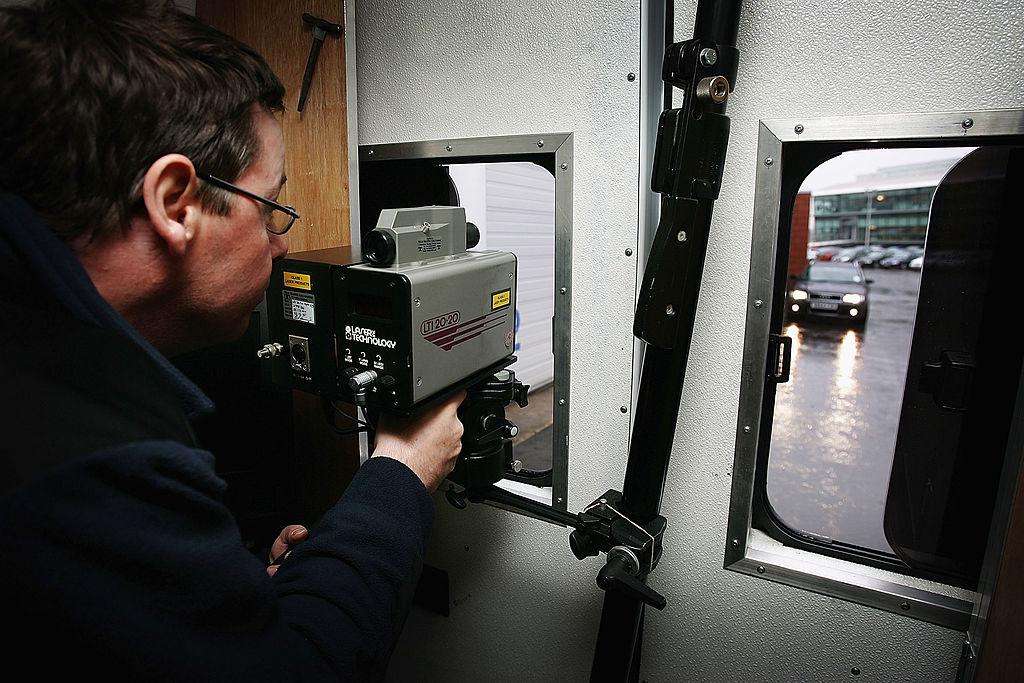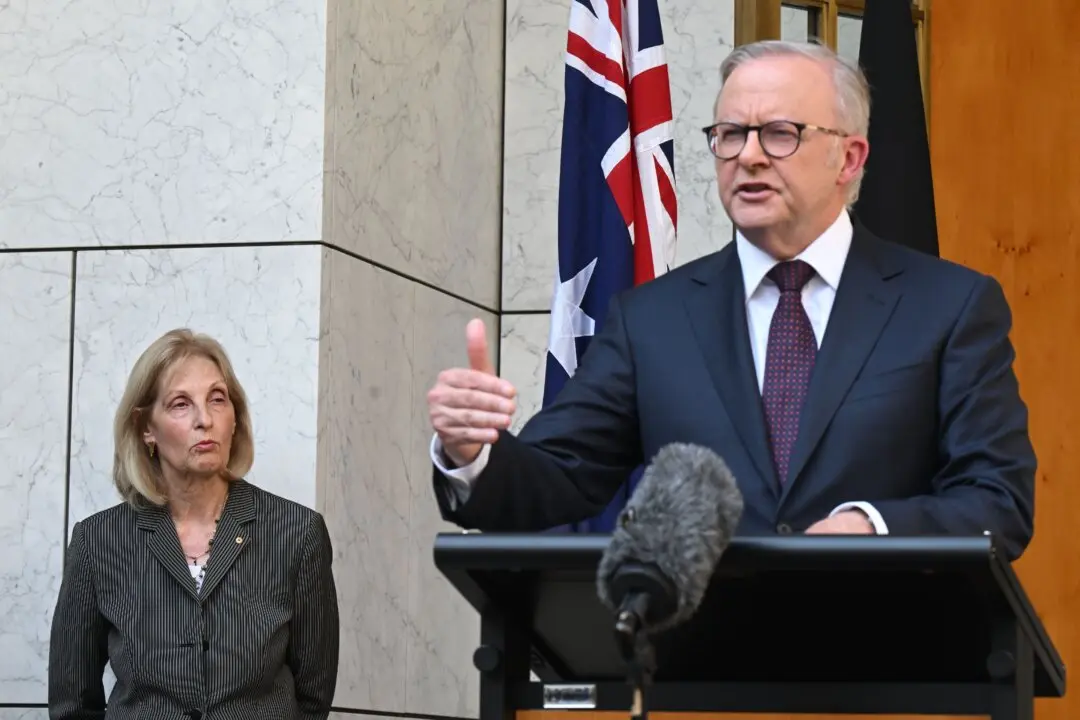The New Zealand Transport Agency (NZTA) is about to take over the country’s 45 mobile cameras, as well as 150 fixed speed cameras, from police by July 2025. It plans to add another 50 fixed cameras soon.
The agency already has a contract with United States company Verro Mobility, which will take over the fixed cameras from later this year. These include automated number plate recognition software.





